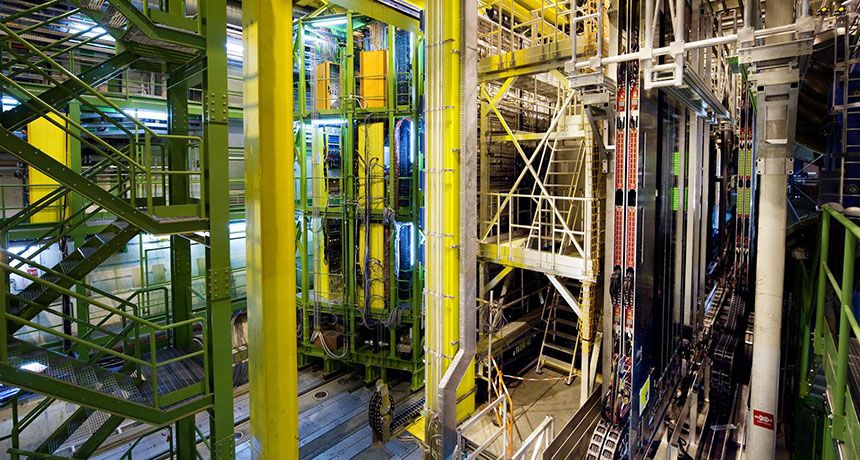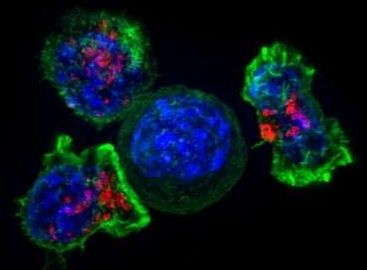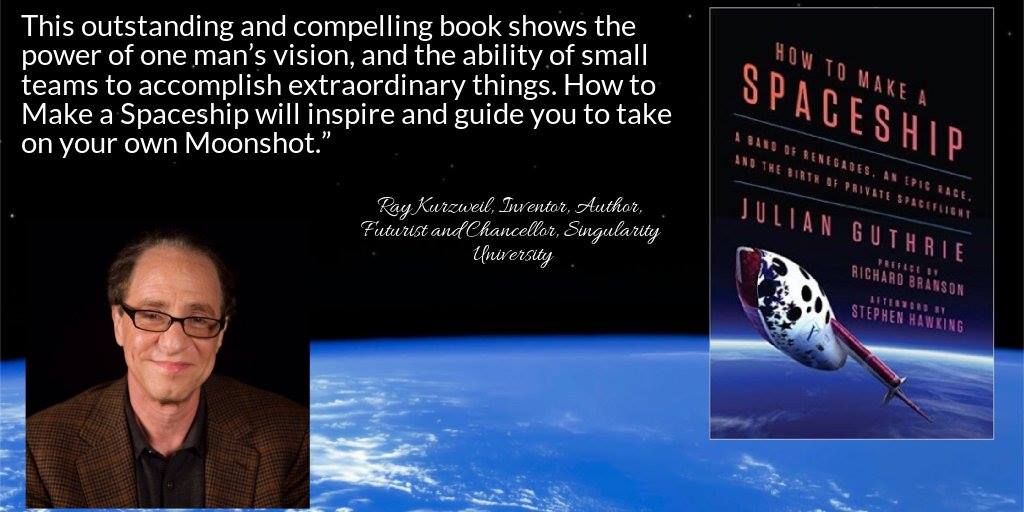Page 10811
Oct 4, 2016
Transhumanismo Brasil
Posted by Bruno Henrique de Souza in categories: life extension, transhumanism
Pesquisadores da Human Longevity, Inc. Publicou documentos detalhando resultados do sequenciamento profundo de 10.545 genomas humanos.
Documento descreve 150 milhões de variantes raras ou desconhecidas; cerca de 8.500 novas variantes por genoma.
Companhia também anuncia novo motor de pesquisa do genoma, HLI Open Search, para testes beta.
Oct 4, 2016
Evidence for new form of matter-antimatter asymmetry observed
Posted by Andreas Matt in category: particle physics
Oct 4, 2016
Canada’s Carbon Tax Needs To Spread South of the Border — By Jamie Condliffe | MIT Technology Review
Posted by Odette Bohr Dienel in categories: economics, energy, environmental, finance, governance, government
“Nobody likes taxes. So it’s a brave move by Justin Trudeau, Canada’s prime minister, to announce that the entire country must pay if it continues to burn fossil fuels.”
Oct 4, 2016
Programmable T cells chase down cancer, deliver drugs directly to tumors
Posted by Steve Hill in category: biotech/medical
Customised immunotherapy for treating cancer is part of the new generation of biotech solutions to diseases.
UC San Francisco scientists have engineered human immune cells that can precisely locate diseased cells anywhere in the body and execute a wide range of customizable responses, including the delivery of drugs or other therapeutic payloads directly to tumors or other unhealthy tissues. In experiments with mice, these immune cells, called synNotch T cells, efficiently homed in on tumors and released a specialized antibody therapy, eradicating the cancer without attacking normal cells.
As reported in the Sept. 29, 2016, online edition of Cell, in addition to delivering therapeutic agents, synNotch cells can be programmed to kill cancer cells in a variety of other ways. But synNotch cells can also carry out instructions that suppress the immune response, offering the possibility that these cells could be used to treat autoimmune diseases such as type 1 diabetes or to locally suppress immune system rejection of transplanted organs.
Continue reading “Programmable T cells chase down cancer, deliver drugs directly to tumors” »
Oct 4, 2016
How to Make a Spaceship: A Band of Renegades, an Epic Race, and the Birth of Private Spaceflight
Posted by Bruno Henrique de Souza in categories: government, Peter Diamandis, space travel
Alone in a Spartan black cockpit, test pilot Mike Melvill rocketed toward space. He had eighty seconds to exceed the speed of sound and begin the climb to a target no civilian pilot had ever reached. He might not make it back alive. If he did, he would make history as the world’s first commercial astronaut.
The spectacle defied reason, the result of a competition dreamed up by entrepreneur Peter Diamandis, whose vision for a new race to space required small teams to do what only the world’s largest governments had done before.
Peter Diamandis was the son of hardworking immigrants who wanted their science prodigy to make the family proud and become a doctor. But from the age of eight, when he watched Apollo 11 land on the Moon, his singular goal was to get to space. When he realized NASA was winding down manned space flight, Diamandis set out on one of the great entrepreneurial adventure stories of our time. If the government wouldn’t send him to space, he would create a private space flight industry himself.
Oct 4, 2016
Quantum computing: What businesses need to know
Posted by Karen Hurst in categories: business, computing, particle physics, quantum physics
Most people will be familiar with Moore’s Law which states that the number of transistors it’s possible to get on a microprocessor doubles every 18 months. If this holds true it means that some time in the 2020s we’ll be measuring these circuits on an atomic scale.
You might think that that’s where everything comes to a juddering halt. But the next step from this is the creation of quantum computers which use the properties of atoms and molecules to perform processing and memory tasks.
If this all sounds a bit sci-fi, it’s because practical quantum computers are still some way in the future. However, scientists have already succeeded in building basic quantum computers that can perform certain calculations. And when practical quantum computing does arrive it has the potential to bring about a change as great as that delivered by the microchip.
Continue reading “Quantum computing: What businesses need to know” »
Oct 4, 2016
New devices that emulate human biological synapses
Posted by Karen Hurst in categories: biological, computing, engineering, neuroscience
Check this out.
Engineers at the University of Massachusetts Amherst are leading a research team that is developing a new type of nanodevice for computer microprocessors that can mimic the functioning of a biological synapse—the place where a signal passes from one nerve cell to another in the body. The work is featured in the advance online publication of Nature Materials.
Such neuromorphic computing in which microprocessors are configured more like human brains is one of the most promising transformative computing technologies currently under study.
Continue reading “New devices that emulate human biological synapses” »
Oct 4, 2016
HIV cure close after disease ‘vanishes’ from blood of British man
Posted by Steve Hill in category: biotech/medical
UK researchers from five major universities close in on a cure for HIV by reprogramming immune cells to recognize the virus and destroy it.
A British man could become the first person in the world to be cured of HIV using a new therapy designed by a team of scientists from five UK universities.
The 44-year-old is one of 50 people currently trialling a treatment which targets the disease even in its dormant state.
Continue reading “HIV cure close after disease ‘vanishes’ from blood of British man” »
Oct 4, 2016
Airbus signs up first customer for external space station platform
Posted by Andreas Matt in category: space
An Australian company is the first customer for an external research platform Airbus Defence and Space plans to install on the space station by 2018.


















